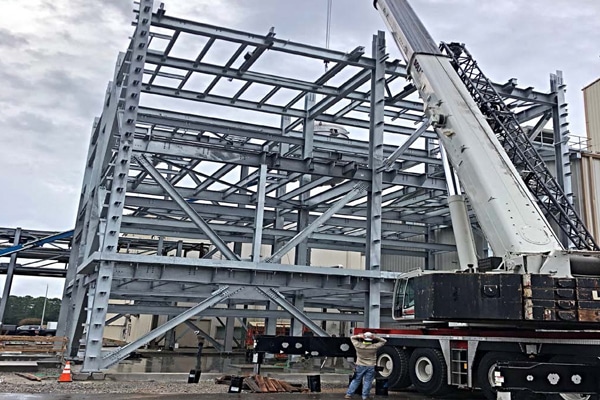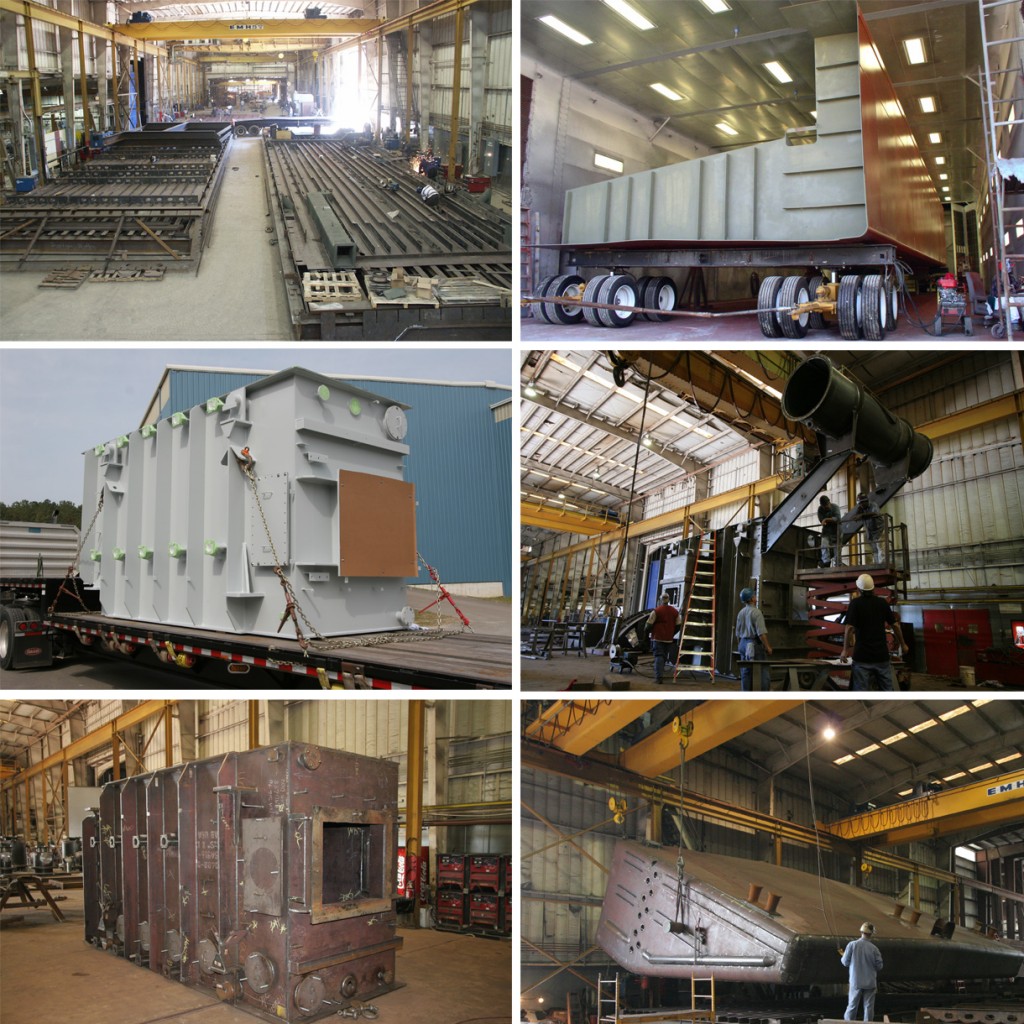Comprehensive Steel Fixing Services for Construction Projects
Comprehensive Steel Fixing Services for Construction Projects
Blog Article
Ingenious Fads in Steel Manufacture: Enhancing Durability and Precision
In the realm of steel fabrication, the search of sturdiness and accuracy has actually led to a wave of cutting-edge patterns that are reshaping the market. From improvements in welding modern technologies to the assimilation of robotic automation in manufacture procedures, the landscape of steel production is advancing rapidly. High-strength alloy development, coupled with the use of 3D modeling and simulation software application, is pushing the boundaries of what is possible in terms of architectural honesty and accuracy. The growing focus on lasting methods in steel production is not just driving effectiveness however also cultivating an extra eco aware strategy to fabrication. These patterns are not just shaping the here and now but additionally preparing for the future of steel fabrication, assuring more enhancements in resilience and accuracy.
Advanced Welding Technologies
In the realm of steel fabrication, the adoption of cutting-edge welding innovations has actually significantly transformed the industry's method to accomplishing superior high quality and accuracy in structural welds. Advanced welding innovations, such as laser beam welding and friction stir welding, have actually arised as game-changers in the field. Laser light beam welding employs a focused laser light beam to sign up with metal components with impressive accuracy and speed, making it perfect for intricate designs and thin materials. On the other hand, friction stir welding produces extremely solid bonds by mechanically intermixing the particles of the materials at the joint, eliminating the requirement for thawing the steel. These modern technologies offer many advantages, consisting of decreased heat-affected zones, marginal distortion, and boosted mechanical residential properties in the bonded joints. By leveraging these advanced welding strategies, steel producers can elevate the resilience, strength, and accuracy of their architectural welds, meeting the significantly demanding requirements of modern-day building and construction jobs.
Robotic Automation in Fabrication
Accepting robot automation has ended up being a keystone of contemporary steel manufacture practices, enhancing procedures and boosting effectiveness throughout the sector. Robotics are revolutionizing the means steel parts are manufactured, providing unrivaled accuracy and rate while decreasing human error. These automated systems can manage recurring jobs with regular precision, leading to higher high quality output.
One key benefit of robot automation in steel fabrication is the ability to work around the clock without fatigue, dramatically enhancing production outcome. This constant operation reduces downtime and increases project timelines, ultimately saving costs for manufacturers. Additionally, robotics can be set to execute detailed jobs that might be dangerous or challenging for human employees, boosting safety and security in the office.
In addition, robotic automation allows smooth integration with other electronic modern technologies, such as computer-aided design (CAD) software and Web of Things (IoT) systems (Alpha reo). This interconnected strategy improves communication between different phases of fabrication, maximizing process and making certain real-time tracking and control. As the steel construction industry remains to develop, robot automation attracts attention as a transformative force driving efficiency this content and precision in making processes

High-Strength Alloy Growth
The innovation of high-strength alloy growth in steel manufacture is improving the sector's technique to boosting product durability and performance. High-strength alloys are crafted to show remarkable mechanical properties, such as increased tensile strength, toughness, and deterioration resistance contrasted to conventional steel grades. By incorporating these advanced alloys right into manufacture procedures, manufacturers can produce components that withstand greater anxiety levels and extreme environments, bring about even more resilient and dependable end products.
One key advantage of high-strength alloy advancement is the capability to reduce product thickness without endangering architectural integrity. This not just leads to lighter-weight components however likewise adds to set you back savings and boosted effectiveness in fabrication and assembly processes. In addition, the improved strength-to-weight proportion of these alloys permits the layout and building of structures with greater load-bearing abilities while lessening overall weight.
3D Modeling and Simulation Software Program
Advancements in steel manufacture processes have been considerably driven by the assimilation of sophisticated 3D modeling and simulation software tools. These devices enable producers to produce in-depth online models of their projects, enabling them to visualize the final item with accuracy prior to any kind of physical work starts.

Sustainable Practices in Steel Manufacturing
Incorporating lasting practices right into steel production processes is vital for minimizing ecological impact and making sure long-lasting source availability. One crucial sustainable method is the fostering of energy-efficient technologies to decrease greenhouse gas emissions during the steel production procedure. This includes utilizing renewable resource resources, such as solar or wind power, to power steel plants and applying energy-efficient equipment to enhance power usage.
One more vital aspect of sustainable steel manufacturing is the liable sourcing of raw materials. This includes guaranteeing that the iron ore and various other resources used in steelmaking are acquired from moral and eco news friendly resources. By advertising transparency in the supply chain and adhering to stringent environmental standards, steel producers can lessen the adverse influences of resource removal on regional ecological communities and communities.

Verdict
To conclude, the ingenious trends in steel fabrication such as innovative welding technologies, robotic automation, high-strength alloy growth, 3D modeling and simulation software application, and sustainable practices are boosting the toughness and precision of steel products. These advancements are changing the steel construction industry by boosting sustainability, effectiveness, and top quality. It is clear that the future of steel manufacture hinges on welcoming these advanced modern technologies to satisfy the needs of contemporary building and construction and manufacturing sectors.
In the realm of steel manufacture, the pursuit of longevity and precision has actually led to a wave of innovative patterns that are improving the industry.In the world of steel fabrication, the fostering of cutting-edge welding modern technologies has actually significantly transformed the industry's technique to achieving premium high quality and accuracy in structural welds. As the steel construction market proceeds to evolve, robot automation stands out as a transformative force driving effectiveness and accuracy in manufacturing processes.
Moreover, reusing and recycling steel scrap and waste products play a substantial role in improving the sustainability of steel manufacturing. steel fabricators melbourne.In verdict, the ingenious patterns in steel manufacture such check over here as innovative welding technologies, robotic automation, high-strength alloy development, 3D modeling and simulation software program, and lasting methods are improving the longevity and accuracy of steel items
Report this page